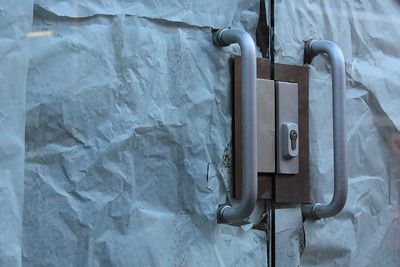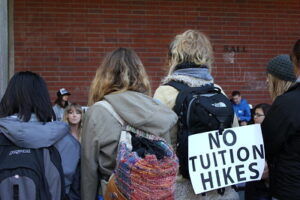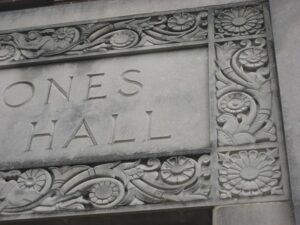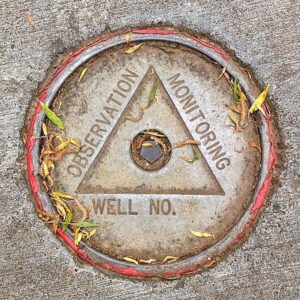If you don’t understand why it is essential for community colleges to re-assess the monetary value of their programs, the researchers at the Federal Reserve Bank of Philadelphia would like a word with you. A new working paper released last month provides a model for predicting how many colleges will close as the result of enrollment changes and their attendant financial complications.
According to the models the researchers developed, enrollment changes due to population declines could result in the closure of 80 additional colleges and universities over the annual average closure rate (about 55 institutions), which are driven largely by institutional finances.
To be clear, most institutions that close in any given year are private, for-profit schools. These schools often cease operations because they either enroll too few students to make their business model work, or they fail efficacy and solvency tests needed to qualify to offer federal financial aid.
Public institutions rarely fail outright. That’s what makes the downfall of Eastern Gateway Community College in Steubenville, OH so unusual. The more likely outcome for public institutions is consolidation – such as what has happened in Pennsylvania and Wisconsin, and what is likely to happen in New York.
Additionally, excruciating reductions in state funding – such as what happened at West Virginia University – and performance-based funding – as implemented in Texas – tend to push publicly funded colleges and universities to eliminate degree programs and whole colleges or close satellite campuses, sell facilities, or seek out public-private partnerships for non-essential services (like housing, dining, and parking) before closure becomes a realistic possibility.
But the potential for reduced public funding combined with a long-term enrollment changes in both the traditional college-age population and non-traditional adult learners leaves some public institutions at a crossroads.
Enrollment changes may trigger financial consequences
To scope the problem, Michigan’s public colleges and universities currently have about 250,000 more open seats than they have students to fill them. This kind of over-capacity isn’t sustainable, and it won’t escape the notice of legislators in Lansing the next time the state budget needs a haircut.
What’s at stake is institutional survival. As public colleges and universities plow deeper into the so-called “enrollment cliff,” more institutions will come face-to-face with declining tuition revenue, reductions in state and local funding, the enormous debt burden from years of bond issues for campus construction projects, and the agonizing accumulated costs of neglected maintenance.
Some institutions may also face a public that is no longer willing to fund higher education as generously as they may have in the past. Community colleges are a natural target, because – unlike 4-year universities – the public often has a say in how much, how often, and even whether they fund the operating expenses of their local community colleges.
Now is the time for community colleges to review their operations to ensure that they return the highest possible value to the taxpayers in their districts. Those that cannot demonstrate their worth are those most likely to suffer significant financial consequences.
kleuske, via Flickr

















